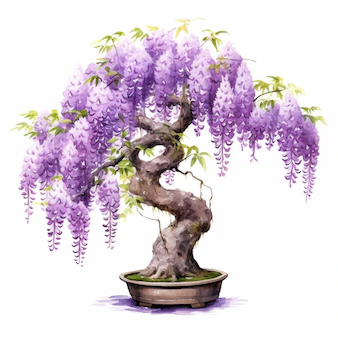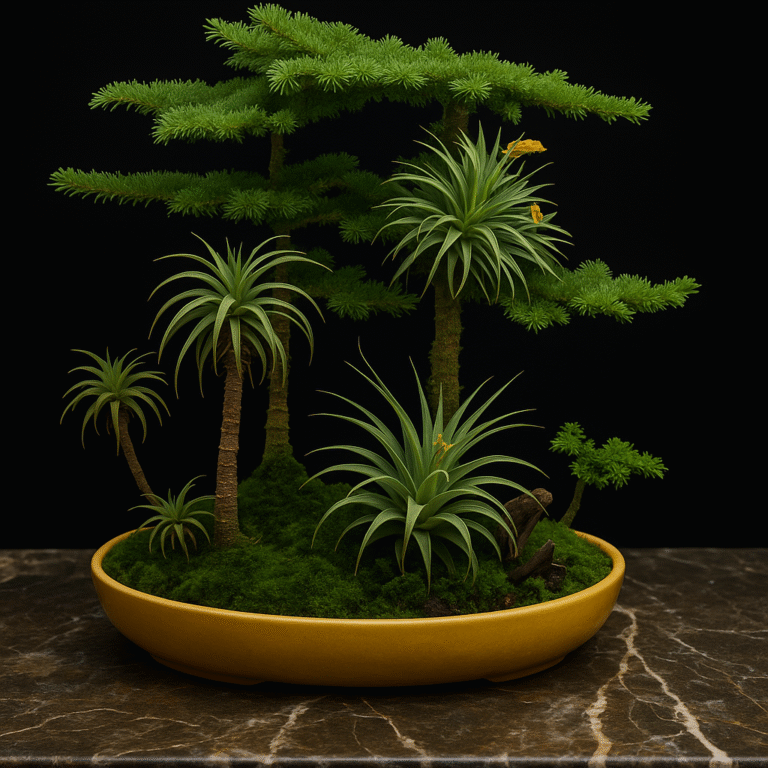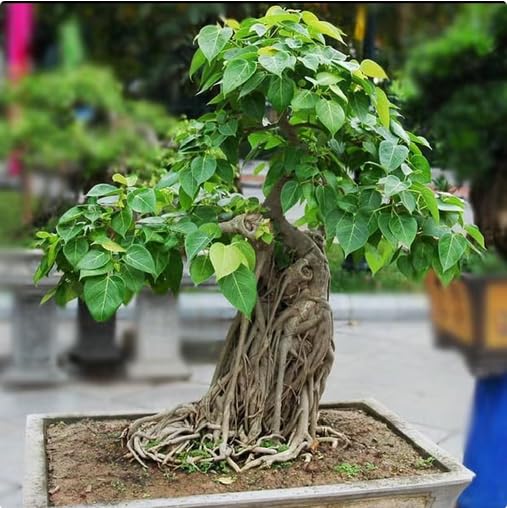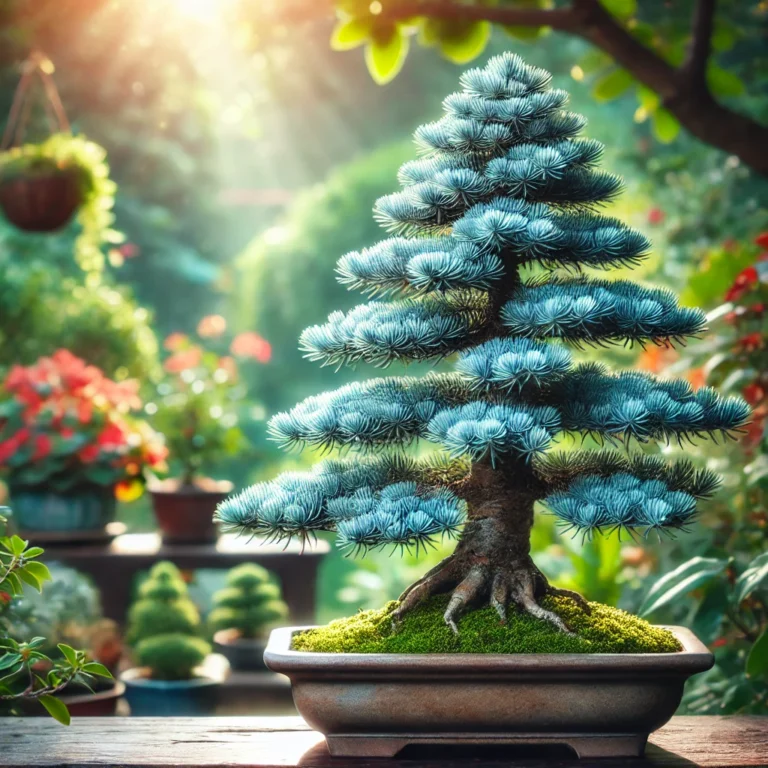The Majestic Dawn Redwood Bonsai: A Living Fossil in Miniature
Dawn redwood bonsai
The dawn redwood (Metasequoia glyptostroboides) is a captivating survivor, a living fossil that bridges the gap between the prehistoric past and our present. Once thought to be extinct for millions of years, this majestic tree was rediscovered in China in the 1940s. Today, dawn redwoods grace parks and gardens worldwide, and their miniature counterparts, dawn redwood bonsais, have become cherished additions to bonsai collections.
This comprehensive guide delves into the fascinating history of the dawn redwood, explores its suitability for bonsai cultivation, and equips you with the knowledge to nurture a thriving dawn redwood bonsai.
A Glimpse into the Dawn Redwood’s Past Opens in a new window scenichillfarmnursery.com
Imagine towering giants reaching for the sky, their feathery foliage swaying in the prehistoric breeze. This was the world of the dawn redwood millions of years ago. Fossil evidence reveals that these trees were once widespread across North America, Europe, and Asia. However, climatic changes during the ice ages led to their apparent extinction.

The story took an unexpected turn in 1941 when a group of Chinese scientists stumbled upon a small stand of these ancient trees in a remote region of Sichuan province. This rediscovery sparked a wave of excitement in the botanical world, and the dawn redwood was hailed as a living fossil.
The Dawn Redwood’s Journey to Bonsai Cultivation
The unique characteristics of the dawn redwood – its rapid growth, strong branching structure, and tolerance for pruning – made it a natural candidate for bonsai cultivation. Enthusiasts quickly began experimenting with this newcomer, and the dawn redwood bonsai emerged as a popular choice.
Today, dawn redwood bonsais are admired for their:
- Fast growth: Compared to other bonsai species, dawn redwoods grow relatively quickly, allowing you to shape and refine your miniature tree in a shorter timeframe.
- Adaptability: They can tolerate a wide range of growing conditions, making them suitable for hobbyists in various climates.
- Response to pruning: Dawn redwoods take well to pruning, giving you more control over their size and shape.
- Distinctive foliage: Their feathery, deciduous leaves transform from a vibrant green in spring and summer to a stunning reddish-brown in fall, adding a touch of seasonal charm to your bonsai collection.
Unveiling the Secrets of Dawn Redwood Bonsai Care: A Detailed Guide
While dawn redwoods are relatively easy to care for, understanding their specific needs is crucial for their long-term success as bonsais. Here’s a breakdown of the key aspects of dawn redwood bonsai care:
Location and Sun Exposure:
- Thrives in full sun: Dawn redwood bonsais require at least 6 hours of direct sunlight daily.
- Partial shade in extreme climates: In very hot and dry climates, some afternoon shade might be beneficial to prevent scorching.
- Consideration for pot material: Clay pots tend to dry out faster, so you might need to adjust your watering frequency accordingly.
Watering:
- Moisture-loving: Dawn redwoods have a high demand for water. Aim to keep the soil consistently moist, but avoid waterlogging.
- Finger test for moisture: The best way to gauge watering needs is to stick your finger into the soil. Water thoroughly when the top inch or two feels dry.
- Frequency adjustments: During hot summers, daily watering or even twice daily watering might be necessary. Reduce watering in cooler seasons and winter.
Soil:
- Well-draining bonsai mix: A crucial element for healthy root development. A common option is a mix of akadama (baked clay granules), pumice, and lava rock. These components provide good drainage, aeration, and allow for healthy root development.
Fertilizing:
- Feed during the growing season: During spring and summer, fertilize your dawn redwood bonsai every two weeks with a balanced bonsai fertilizer diluted to half strength.
- Fast growth, higher demand: Compared to other bonsai species, dawn redwoods are fast growers and require more frequent fertilization.
- Hold off in winter: Fertilizing should be stopped during the winter dormancy.
Pruning and Wiring:
- Regular pruning for shape: Dawn redwoods respond well to pruning, allowing you to maintain their desired size and shape.
- Prune throughout the growing season: Prune during spring, early summer, or late fall/early winter. Avoid pruning when new growth hardens off.
- Pinching for finer control: You can pinch off new terminal buds throughout the growing season for finer control over growth.
- Wiring for shaping branches: While the tree matures, you can use bonsai wire to gently bend branches and create interesting features. Remember to remove the wire after a few months to prevent scarring.
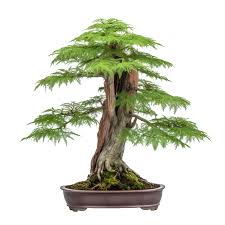
Repotting and Root Care
- Repotting frequency: Repot your dawn redwood bonsai every 2-3 years, or when the roots become pot-bound. Signs of rootboundness include slow growth, stunted leaves, and roots circling the pot’s drainage holes.
- Timing: Repot in early spring before new growth appears.
- Root pruning: During repotting, you can gently prune away up to 1/3 of the roots to encourage new root growth within the confines of the bonsai pot.
- Aftercare: Water thoroughly after repotting and place your bonsai in a protected location with indirect sunlight for a few weeks until it recovers from the stress of repotting.
Winter Care
- Cold hardiness: Dawn redwoods are moderately cold-hardy, tolerating temperatures down to around -20°F (-29°C).
- Protection in cold climates: In colder climates, take steps to protect your dawn redwood bonsai from harsh winter winds and freezing temperatures.
- Overwintering options: You can either place it in a sheltered location outdoors, such as a cold frame or a protected corner of your garden, or bring it indoors to a cool, bright location (around 40-50°F / 4-10°C).
- Watering in winter: During winter, water sparingly, only when the soil feels dry to the touch. Avoid overwatering, which can lead to root rot.
Pests and Diseases
- Generally resistant: Dawn redwoods are generally resistant to pests and diseases. However, they can be susceptible to:
- Scale: These tiny insects appear as bumps on the leaves and stems and suck the sap from the plant. Treat them with insecticidal soap or neem oil solution.
- Aphids: These soft-bodied insects cluster on the leaves and new growth, feeding on plant sap. Apply insecticidal soap or neem oil solution to control them.
Maintaining Humidity
- Importance of humidity: Dawn redwoods prefer moderate to high humidity levels.
- Challenges with indoor bonsai: Indoor environments tend to be drier, especially during winter.
- Misting techniques: To increase humidity around your dawn redwood bonsai, you can mist it regularly with a fine spray of water. Alternatively, place the pot on a humidity tray filled with pebbles and water. Ensure the water level doesn’t touch the bottom of the pot to avoid root rot.
Troubleshooting Common Dawn Redwood Bonsai Problems
- Brown leaves: This could be caused by underwatering, overwatering, or insufficient sunlight. Check your watering routine and ensure your bonsai receives adequate sunlight.
- Leaf drop: This is a natural occurrence in fall as the tree enters dormancy. However, excessive leaf drop during the growing season could indicate underwatering, root rot, or stress from repotting.
- Stunted growth: This can be caused by insufficient light, nutrient deficiency, or rootboundness. Ensure your bonsai receives adequate sunlight, fertilize appropriately, and consider repotting if the roots are pot-bound.
Conclusion: Cultivating a Thriving Dawn Redwood Bonsai
With proper care and attention, your dawn redwood bonsai can become a cherished companion for years to come. Remember, the key lies in understanding its specific needs for sunlight, water, and soil conditions. Regular pruning, repotting when necessary, and addressing any pest or disease issues will ensure your miniature dawn redwood thrives and flourishes.
As you nurture your dawn redwood bonsai, take a moment to appreciate its connection to the deep past. This living fossil embodies the resilience of nature and serves as a reminder of the beauty and wonder of the plant kingdom.
Additional Tips:
- Rotate your dawn redwood bonsai regularly to ensure even growth on all sides.
- Enjoy the unique character of your dawn redwood bonsai. As it matures, the bark will develop interesting textures and fissures, adding to its visual appeal.
- With proper care, your dawn redwood bonsai can become a treasured heirloom, passed down through generations.
Further Exploration:
For those who wish to delve deeper into the world of dawn redwood bonsai cultivation, consider joining online forums or bonsai clubs to connect with other enthusiasts and learn from their experiences. Numerous resources and books dedicated to bonsai care are also available, providing valuable insights and techniques.
By embarking on this journey of cultivating a dawn redwood bonsai, you not only nurture a miniature masterpiece but also forge a connection with a living testament to our planet’s ancient past.


